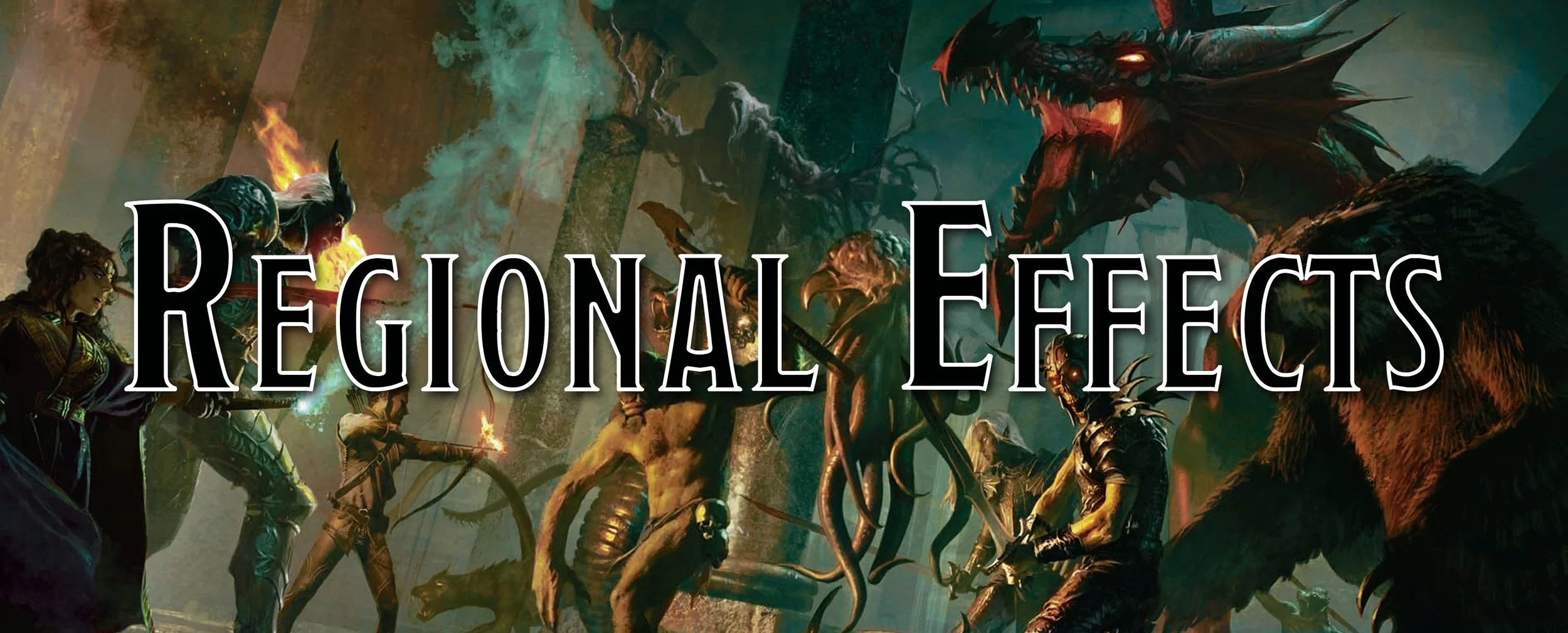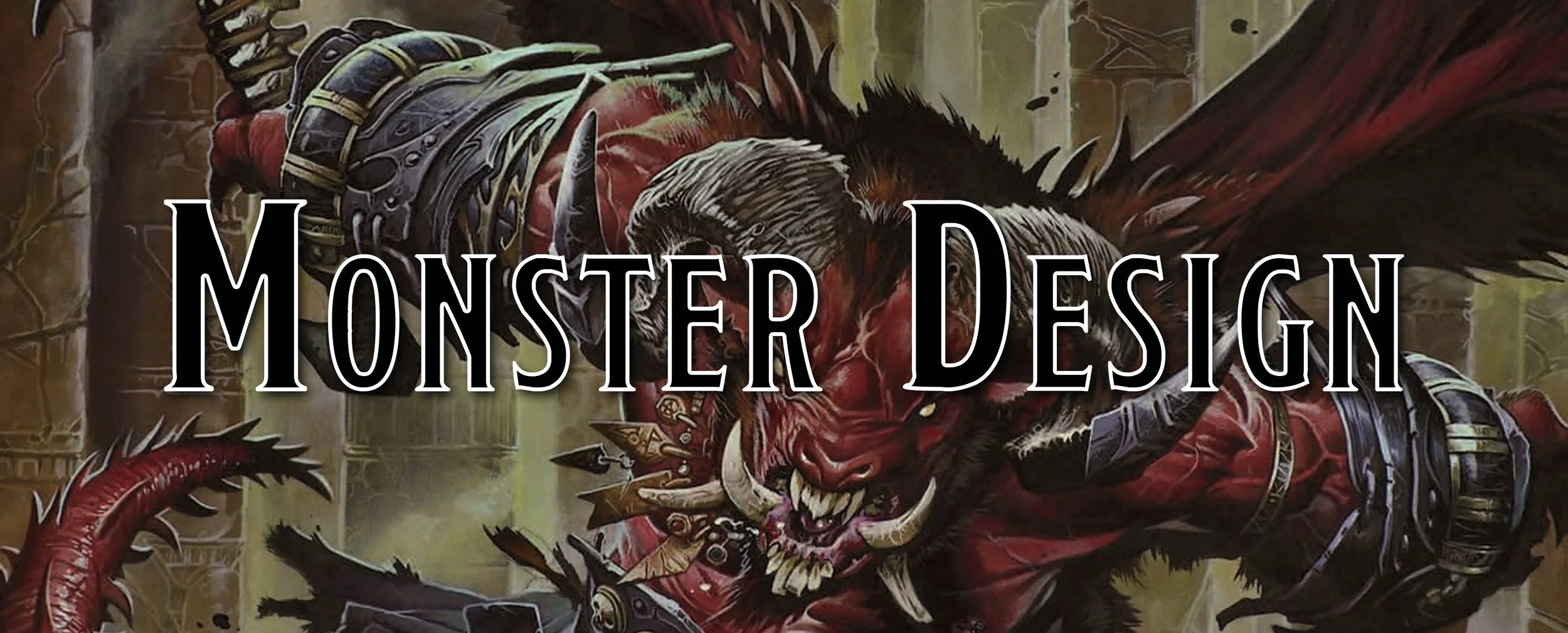Travel to the Moon
Way back when, before Neil Armstrong ever stumbled through his lines when first stepping on the Moon, before we sent probes and could only stare in yearning at it, the Moon used to be a huge part of our fiction. We had carnival rides, we had books, we had movies, and now… we’ve been there and it is no longer a fantastical realm. Instead, it’s a dead rock with trash on it.
In the infamous words of M.T. Anderson: “We went to the moon to have fun, but the moon turned out to completely suck.”
But I disagree. I think we can still have an exciting moon. Just because Earth’s Moon turned out to be a dud, doesn’t mean that the moon (or multiple moons) around your world can’t be exciting in its own way.
What is a Moon?
A moon is a natural object that circles another natural object. Some planets have multiple moons, though Earth chiefly has a single moon. Moons can have quite an impact on the object it circles, like how the Moon causes tides or transforms people into werewolves. If you aren’t sure how many moons your world has, why don’t you give my Creating a Wildspace System homebrew a whirl and create your solar system. Once you get that done, we can start exploring the many fantastical moons that our adventurers can visit.
Travel to the Moon
Getting to the moon may be easier than traveling the planes, but not by much. It requires special abilities, equipment, or powerful spells to visit a place that may just be a boring rock with little to gain from the experience. Those that do travel to the moon, or moons, do so for a need to explore. Perhaps they believe that they can find treasure, meet new people, or simply because it is there. They choose to go to the moon, not because it is easy, but because it is hard.
Magic
The simplest, most straightforward way of arriving on the moon is the use of a teleport spell. While many may consider themselves quite familiar with the shape of the moon, or moons, they can see, few are actually very familiar with the surface of the moon. This has led to many accidents for aspiring wizards hoping to explore a new planet. While it is rare, sometimes the shooting star you see flashing across the night sky is actually the frozen corpse of an ancient wizard finally returning to the planet they left behind.
Other spells that can help include a teleportation circle, though if there are any circles on the moons, it is a well-guarded secret and few are willing to share such knowledge. Other people have used plane shift spells to hop the planes and return back to the Material Plane and specifically to the moon. Others have traveled via the plane of shadow since distances are much shorter on that plane, though it is still quite the journey, requiring weeks or months depending on the explorer’s locomotion.
Gadgets
Luckily, there are more ‘common’ ways of arriving on the moon, though few may be willing to use the cheapest option. Some gnomes look at the moon and see a new experience for them, and a yearning to travel to it. When they set their minds to it, they devised a powerful cannon that can fire a ship made of metal at the distant planet. Sometimes the gnome and ship don’t survive the blast, but many gnome artificers have had luck in launching their ship… even if it doesn’t quite make it all the way there. There is also the problem of returning back to the planet from the moon, one that few gnomes stop to consider before trying to blast their way to the moon.
For those with deep pockets or an expansive knowledge of magic and planets, the best option to actually arrive at the moon in one piece is with the use of a spelljammer. Not only is it much faster, but it is far safer unless you happen across neogi spelljammers looking for dinner.
Surviving the Moon
Once you arrive on the moon, you must find a way to survive the typically hostile atmosphere. Few moons are likely to have breathable air, though some do - even if it isn’t pleasant to breathe. While some moons are just like the planets they circle, others may have an atmosphere made of poisonous gases, have no air at all, have no gravity, very little gravity, or any number of oddities that make surviving on the rock troublesome.
Magic
The most common way of breathing on a rock with no, or very little, atmosphere is for a wizard to conduct research in augmenting a water breathing spell so that it will allow them, and their companions, to breathe in the vacuum of space. Others have found an air bubble spell that allows them to create pockets of fresh air, but it is a more limited form of magic that requires multiple castings or to be cast at higher levels to protect multiple people.
Sustenance
Little grows on most moons that circle a planet, but some are able of hosting life. This life may be strange and may have little in common with life as most of us know it. Some moons may look dead on the outside, but within their near-hollow interior is a planet full of life protected from the harsh solar winds and meteorites that have blasted the exterior of their world. Most explorers all agree, though, that you should bring a large quantity of rations with you.
Despite popular claims, there is only a very tiny percentage of moons made of cheese, and most of them are not good. Most taste like aged goat cheese that is covered in dust and rock, while others have long ago rotted and dried out. They are as hard as a rock and taste like pungent dust.
Fighting on the Moon
Many moons have very little in the way of gravity, allowing for impressive feats of physical prowess. But this can make it difficult to determine how this might transfer over into game mechanics. The following mechanics assume that the moon a creature is journeying to is similar to Earth’s Moon in size and shape.
Jumping
When jumping on the moon, the near weightless nature of it means that you can jump further, higher, and for longer than your normal world would allow you. When you jump on the moon, your jumping distance is multiplied by six, meaning if you could only high jump one foot, you’d be able to high jump six feet. In addition, if your normal movement is 30 feet and you end up long jumping sixty feet, you remain in the air even at the end of your turn. You continue drifting in your initial direction at the start of your next turn until you hit the distance, using your movement to travel the distance immediately.
Prone
Most rules work as usual when fighting on the moon, with a big difference being that it is harder to keep your feet under you unless you are used to the moon’s gravity. If you are tripped or knocked prone, you have disadvantage or suffer a penalty on your saving throw to remain on your feet.
Lifting and Carrying
While on the moon, your lifting and carrying capacity is multiplied by six. This means that if you could ordinarily carry 100 pounds of material, you can carry 600 pounds while on the moon.
Creatures of the Moon
If the moon happens to be inhabited by creatures, and not just a wizard seeking some solitude from adventurers hoping to ask a spell off of them, then some of these creatures might be found on the moon. While they are definitely aware of whatever planet their home spins about, they aren’t likely to visit it due to the extreme effects of the planet’s gravity crushing them or having too much atmosphere.
Astrumid
Appearing like celestial jellyfish, astrumids have a translucent and gelatinous body with thin tendrils that extend into the Ethereal Plane. They slowly drift through space, often clumping around celestial objects so that they can find food and nourishment since living creatures on the Material Plane and the Ethereal Plane often gravitate to planets, moons, and other objects in space. Astrumid feed by existing on the Material Plane and sending their tendrils into the Ethereal Plane where they snag Ethereal creatures, and then drag those creatures into the Material Plane and into the vacuum of space where the creature dies. The astrumid then gather around the creature’s corpse and begin dissolving it by ‘phasing’ into the corpse and disintegrating it into a type of mush they absorb into their bodies.
Astrumid are not intelligent creatures and are more like mindless beasts. What they lack in intelligence, they make up for in that they are considered ageless. Unless killed or destroyed by another creature, an object smashing them, or some other purposeful act, they do not die from old age. In fact, swarms of astrumid are propelled by solar winds throughout their solar system, feeding on creatures as they find them, which could take thousands of years of travel in between meals.
Celestial Pheonix
Appearing like a cosmos of stars and sparkling gases, a celestial phoenix flies through a solar system, leaving behind a trail like a comet. They often make their nests inside of caves on a moon, a trail of sparkling gem dust leading the way inside. While most might see such creatures and stare astonished at it’s beauty, there are others who see only a prize worth capturing, exploiting, and selling.
Like other phoenixes, if a celestial phoenix dies, it comes back. Unlike them, though, its corpse turns into a diamond filled with celestial bodies. After a week, the diamond splits and the phoenix is reborn. The two ‘diamond’ halves contain some of their original glimmer and poachers have been known to capture these birds and kill them over and over for the diamond egg shells.
Moon Dragons
Known for their sage-like premonitions or oracular sight, moon dragons are majestic creatures. They have shimmering scales that glimmer like moonlight across a pond with an elongated, serpentine body though they have no wings since their ‘flight’ is thanks to the power of their mind.
Moon dragons have supernatural abilities that are said to have been given to them thanks to the moon, and the treasure they collect are secrets. They seek out secrets and meanings within the hidden movements of celestial bodies, and then carve these secrets into crystals using geometric shapes and equations as a cipher to further protect their secrets. Each moon dragon’s cipher is unique to that moon dragon and they are fiercely protective of their cipher, refusing to share it with all but their mate.
Selenites
Strange insect-like beings with otherworldly intelligence and viewpoints, selenites live within the interior of the moon. Unlike organic creatures found on a planet, they survive off of the moon crystals they mine within the moon, their powerful mandibles crushing it into a fine powder that they feed on. Their physiology allows them to survive the harsh solar winds that sweep across the moon, the energy being reflected by their hard carapace. Their moon has a very thin atmosphere, but it is enough for them to survive off of.
Like what we are doing here?
Support us on Patreon!
You’ll get early access to deep dives, the Homebrew Hoard featuring 500+ monsters, Monster Thursdays, ad-free articles, and more!
Follow us on Twitter to keep up to date on everything we talk about!



